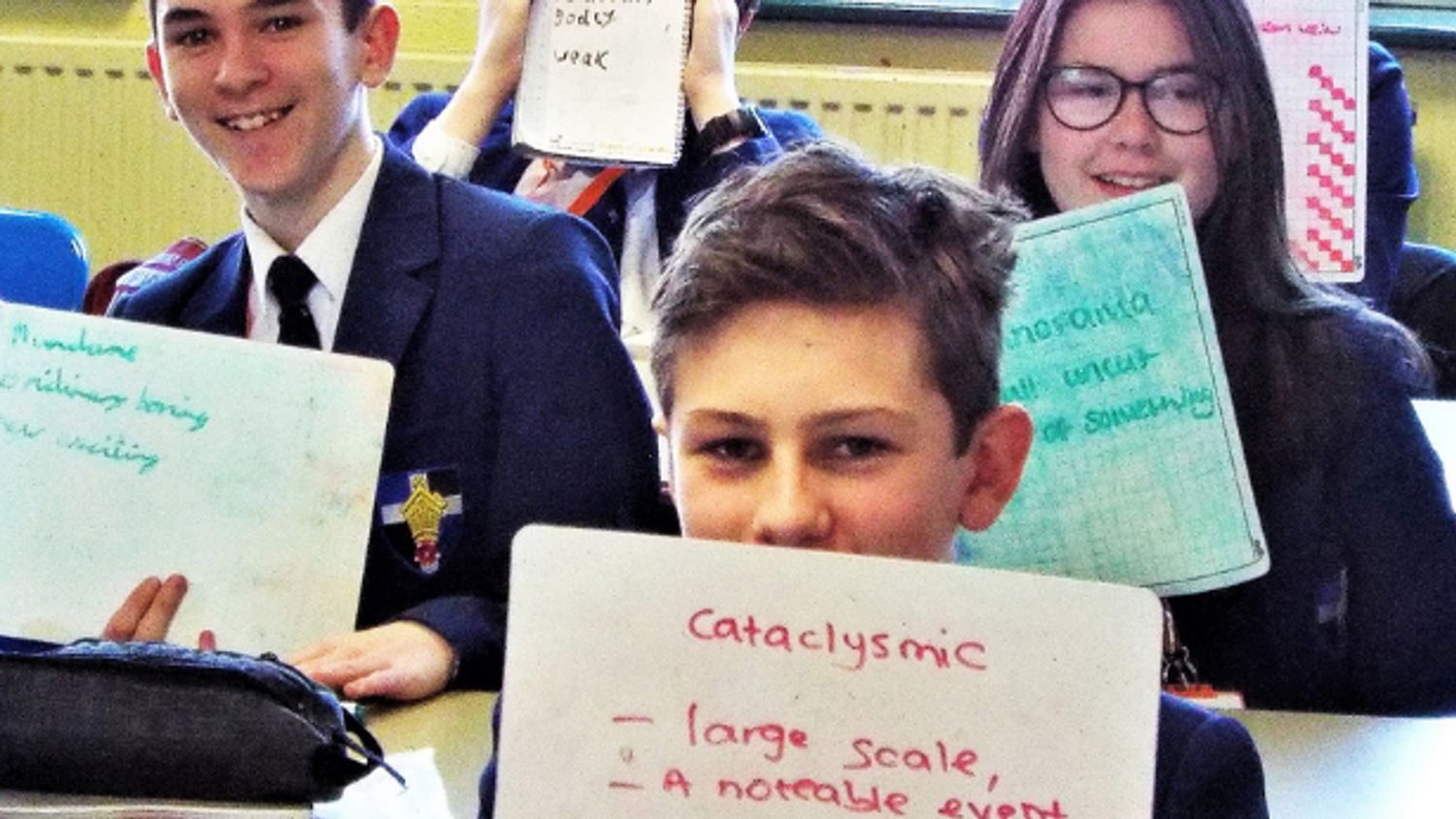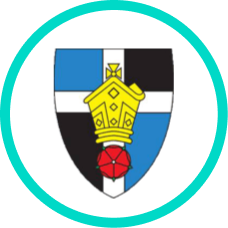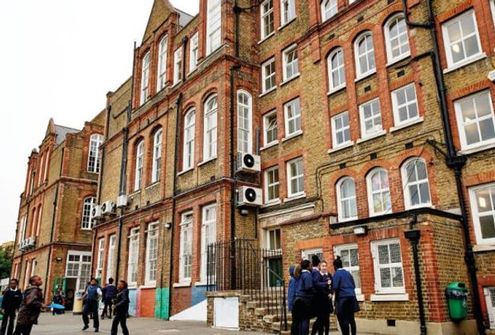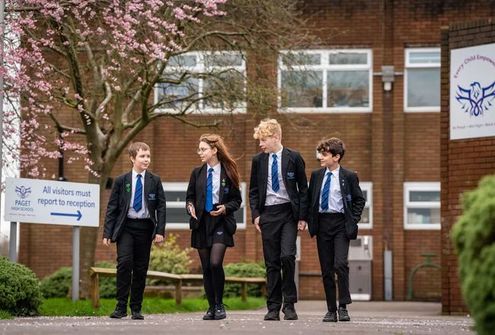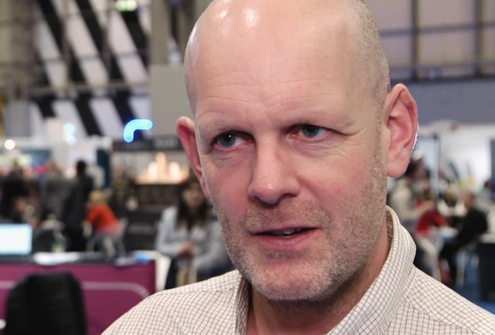2. Praise, encourage, intervene as appropriate based on actionable data
Through the teacher dashboard, I can have an overview of the attainment data of different cohorts (PP, SEN, EAL) on a micro level including top-performing learners, parental engagement and non-engagement. This actionable data then informs our intervention as needed through Homework Club to ensure learners are engaging.
The data allows us to celebrate learners’ achievements. As an example, the top two Bedrock users for progress and engagement receive a postcard home, as well as other prizes on a weekly basis. This ties in with rewards they get every half term and at the end of the school year. The sense of competition and having fun brings out the enthusiasm to learn new words.
3. Implement Bedrock across the curriculum
Bedrock is linked closely to different aspects of our school, including the whole-school CPD policy, our vocabulary policy, and our literacy policy. There are specific CPD sessions at our school which are dedicated to implementing Bedrock. All teachers are teachers of literacy and Bedrock is one crucial stone in the foundation of it.
We explicitly teach Tier 3 vocabulary, but Tier 2 vocabulary is also a building block of literacy and oracy – if you don’t understand a word in context, you can't access the ideas within the text. As a reading school, we have an explicit reading culture through initiatives such as Ripley Reads and the Purple Sticker Club, where learners can request a specific book to be ordered into the library. This book will be given a purple sticker so that other learners know it's been recommended by their peers.
As the Bedrock curriculum is human-narrated with a diverse range of fiction and non-fiction texts, I can’t sing its praises enough. Research on the language gap shows that 31% of young children aren’t read to, which emphasises the importance of reading for literacy. It’s fabulous that learners are read to and are exposed to a wide range of fiction and non-fiction texts on Bedrock.
4. Create a culture around literacy improvement
At Ripley St Thomas Church of England Academy, we create a culture that encourages learners to use their Bedrock vocabulary in their work. As a result, learners make clear progress, not only in lessons but also in their written work. This ties in with our rewards and sanctions system. We use Ripples (our reward point system) to praise our learners for sharing their learned vocabulary during lesson starters. These words are added to the whiteboard for learners to include in their writing tasks if possible. FLASH Marking has also been implemented to improve word consciousness, which feeds into the synonyms and antonyms activities on the Bedrock curriculum. All of these initiatives have contributed to improving different aspects of learners’ literacy, specifically their word consciousness.
All in all, Bedrock has definitely supported our school to become a language-rich community and improve learners’ literacy.
